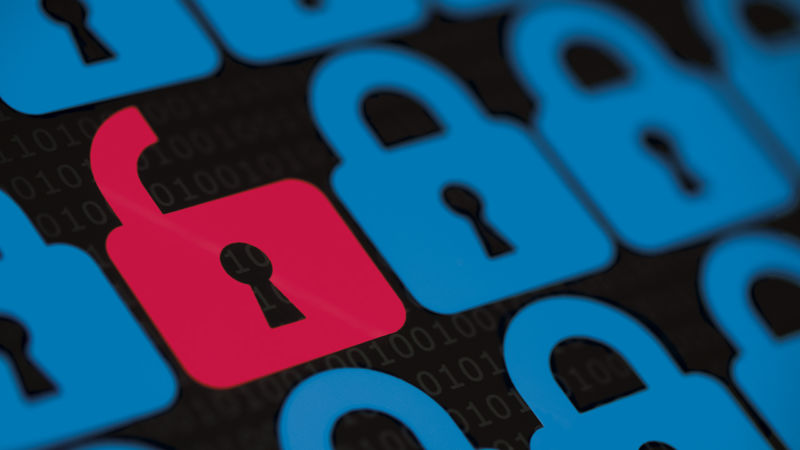Synthetic fraud, which uses a combination of real and fake information, is one of the fastest-growing financial crimes in the United States
Synthetic fraud is a type of fraud where a criminal creates a false identity by combining real and fake information about an individual. This can involve using a real Social Security number with a fake name, and vice versa.
In the United States, synthetic fraud is one of the fastest-growing financial crimes, occurring more often in some high-risk customer segments than in others. But how can financial institutions protect themselves against synthetic fraud? And what are the differences between identity fraud and synthetic fraud, and why is synthetic fraud so much more difficult to detect?
From ID fraud to synthetic ID fraud
In a regular identify theft situation, for example, the real name of a person is used without modification as thieves use the same information they have obtained. Regular ID theft accounts for roughly 10% to 15% of all fraud cases in the U.S., and it is easier to prevent. Credit monitoring and credit freezing services are specifically designed to prevent this kind of theft.
With the emergence of synthetic fraud, however, only portions of personally identifiable information are obtained. In a typical synthetic fraud scheme, a criminal will use a real Social Security number belonging to someone who is deceased or not using their credit profile, then combine it with a fake name, or fake date of birth and address. The fraudster can also use information from multiple sources, such as stolen personal data, to create a more convincing identity.
When finished creating the false identity, the criminal applies for credit and other financial products, often using online applications. The fraudster then may use these fraudulent accounts to make purchases, take out loans, or buy other financial products.
Another type of synthetic fraud involves the creation of entirely fake identities using a combination of stolen personal information and fabricated details. Creating complete fake information can be more difficult for fraudsters than combining a real Social Security number with fake information. This is because creating entirely fake identities requires the fraudster to invent and fabricate every piece of information associated with the identity, including name, address, employment history, and credit history, among other information.
Targeting young customers
Not surprisingly, some customer segments are more likely targets of identity fraud. For example, young people are key targets for synthetic fraud most because their information is more easily available through social media and other public records. Around 1.25 million families have been victims of some sort of identity fraud in 2021, or roughly 1-in-50 children, according to research conducted by Javelin Strategy & Research. In addition, ransomware gangs have stolen data from 1,200 K-12 schools in the U.S. and published the information on the dark web. As this data has been made available to fraudsters, it poses a significant risk for school-age children because they likely don’t have credit histories yet, and their information can be used for establishing credit by a fraudster.
Putting the responsibility on a financial institution alone is not the only way to address and prevent synthetic fraud. It is also the responsibility of parents to take preventive measures. For example, parents can check the credit history report of their children under the age of 18, and they also have the option to freeze their children’s credit so that it is more difficult for a scammer to access.
Unfortunately, 85% of adult respondents have not checked their children’s credit history reports, according to a study conducted by Security.org, which makes the exploitation of children’s personal information easier as it often goes unnoticed. Children are also unlikely to check their own credit history if they don’t know that checking credit history is a preventive measure.
Targeting senior citizens
Similarly, senior citizens are at risk for synthetic fraud due to several factors, making them an especially vulnerable customer segment. First, senior citizens possess retirement savings, which makes them an attractive target; and second, they tend to be more isolated than other members of society and are not able to detect certain suspicious activities quickly.
Often, senior citizens are targeted for some kind of healthcare-related fraud as healthcare-related products and services are frequently used by senior citizens. Thus, for financial institutions, it would not be suspicious when an application for a credit card of a senior citizen with a stolen social security number is used to purchase healthcare-related products and services on a continuous basis.
There are, however, a variety of steps that financial institutions and senior citizens can take together to prevent synthetic fraud from occurring. One step would be to request a credit freeze from the major credit bureaus, which blocks the opening of new accounts — one of the most effective ways to prevent synthetic fraud.
Financial institutions should also educate senior citizens and their circle of supporters to monitor credit reports regularly. Being cautious with personal identifiable information is also a key component in a prevention strategy.
How financial institutions can help
Financial institutions can implement data-driven customer on-boarding measures, using biometric and document verification capabilities along with robust and accurate public record sources.
If, however, a fraudster is already using a synthetic ID and has established a credit profile, there are various ways institutions can review and monitor account activity. One option would be through the implementation of additional verification procedures in combination with the purchase of an additional product or the application for a higher credit limit. Once a new product, a higher credit limit, or a new credit card account is requested, financial institutions can require an additional step of verification through the submission of biometric information.
Establishing regular contact with customers to inform them about prevention measures is also a key component of any financial institution’s fraud prevention strategy, including informing customers about a more restrictive use of personal identifiable information through the various institutions and platforms where this information is stored.







